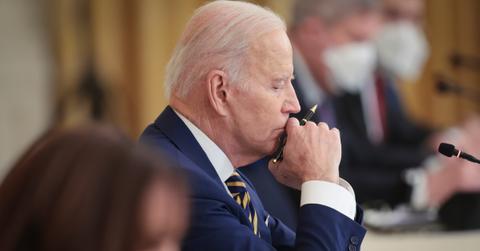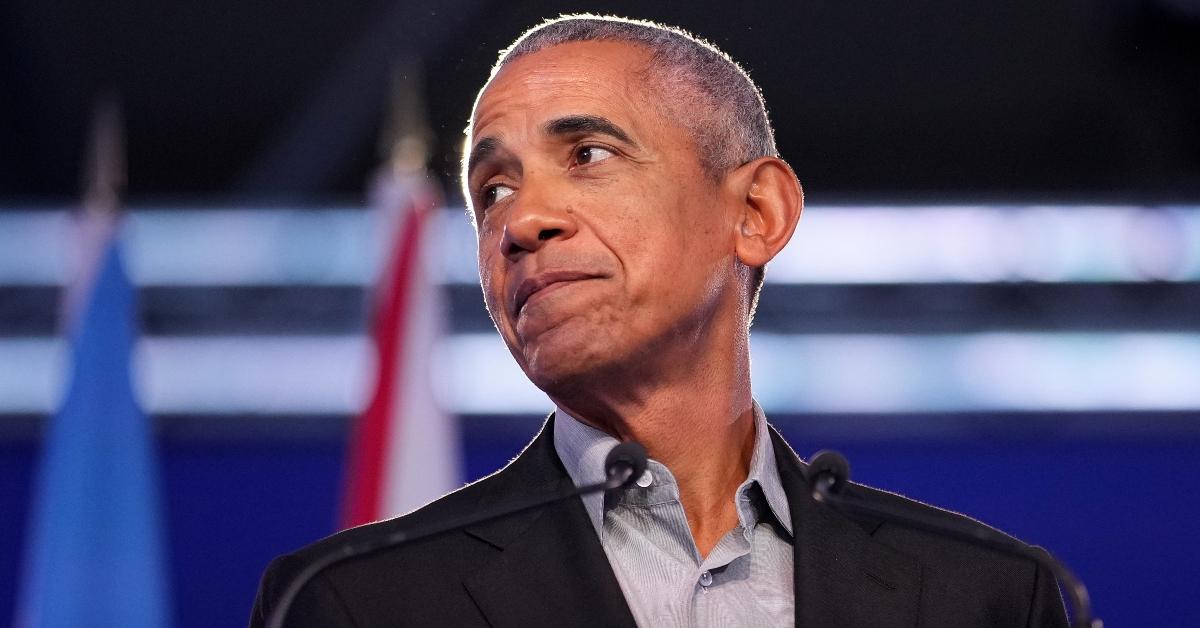National Debt Tops $30 Trillion: Comparing National Debt by President
The U.S. national debt hit a record level on Feb. 1 and reached over $30 trillion. Is it President Joe Biden’s fault? Here’s the national debt by president.
Feb. 2 2022, Published 11:43 a.m. ET

The U.S. national debt hit a record level on Feb. 1 and reached over $30 trillion. How did we get here? Is it all President Joe Biden’s fault? Here’s a look at the national debt by President in the U.S.
When figuring out which U.S. President added the most to the national debt, the answer depends on if you're looking at the percentage of debt increase or just the dollar amount of debt.
Which U.S. President added the most to the national debt?
The national debt under President Franklin D. Roosevelt (1933–1945) increased by a whopping 1,048 percent. However, he only added about $236 billion to the debt in dollar figures, which pales in comparison to debt increases under recent presidents.

Sitting President Joe Biden does take the award for the most national debt in dollar figures, reported to top $30 trillion this week. However, the increase was just 5.6 percent, or $1.5 trillion, YoY during Biden’s first year in office (between the end of fiscal 2020 and the end of fiscal 2021).
The national debt was already on its way to reaching a record level when Biden took office. According to U.S. Treasury Department Fiscal Data, by the time Biden took over as the U.S. President, the national debt was already over $28 trillion.
A newly elected president doesn’t have a lot of control over the national debt during the first year in office because the budget for that year is approved by their predecessor. So, Biden was operating under Trump’s 2021 fiscal budget until October 1, 2021.
What was the national debt under Trump?
Biden’s predecessor, former President Donald Trump, added $6.7 trillion, or 37 percent, to the national debt during his four years in office. Trump was also in office when the debt increase saw its highest one-year increase in history, which added $4.2 trillion in fiscal 2020.
Although most of the debt increase under Trump was largely related to the 2020 COVID-19 pandemic, increased federal borrowing to pay for a $1.5 trillion tax cut passed in 2017 and other spending contributed to the increase.
Increasing national debt started before the COVID-19 pandemic.
The increasing national debt started long before the COVID-19 pandemic sent the country into a fiscal crisis. In January 2020, before the pandemic took hold in the U.S, the Congressional Budget Office projected that the gross national debt would reach $30 trillion by the end of 2025, The New York Times reports.
“Hitting the $30 trillion mark is clearly an important milestone in our dangerous fiscal trajectory. For many years before Covid, America had an unsustainable structural fiscal path because the programs we’ve designed are not sufficiently funded by the revenue we take in,” Michael A. Peterson, the chief executive officer of the Peter G. Peterson Foundation, told the Times.

Former President Obama add the most to the national debt.
During former President Barack Obama’s eight years in office, the country’s national debt grew by $8.6 trillion, or 74 percent. That's the most any sitting U.S. President has added to the national debt during their term in office.
